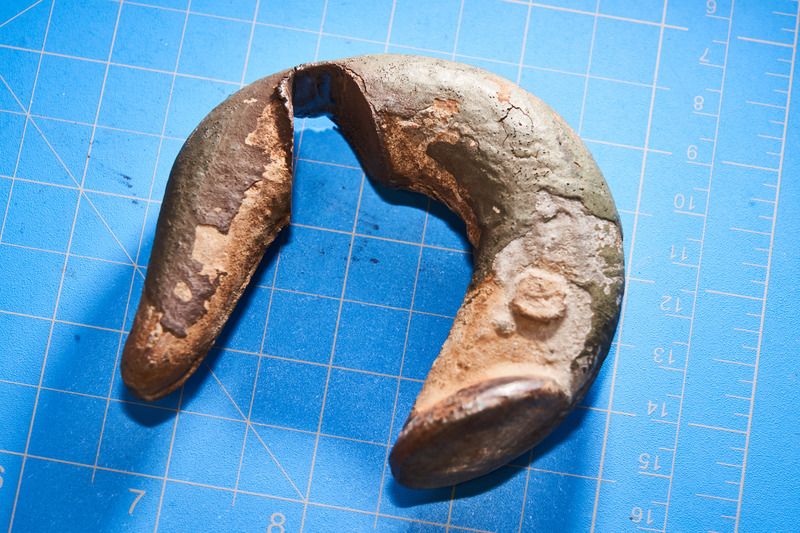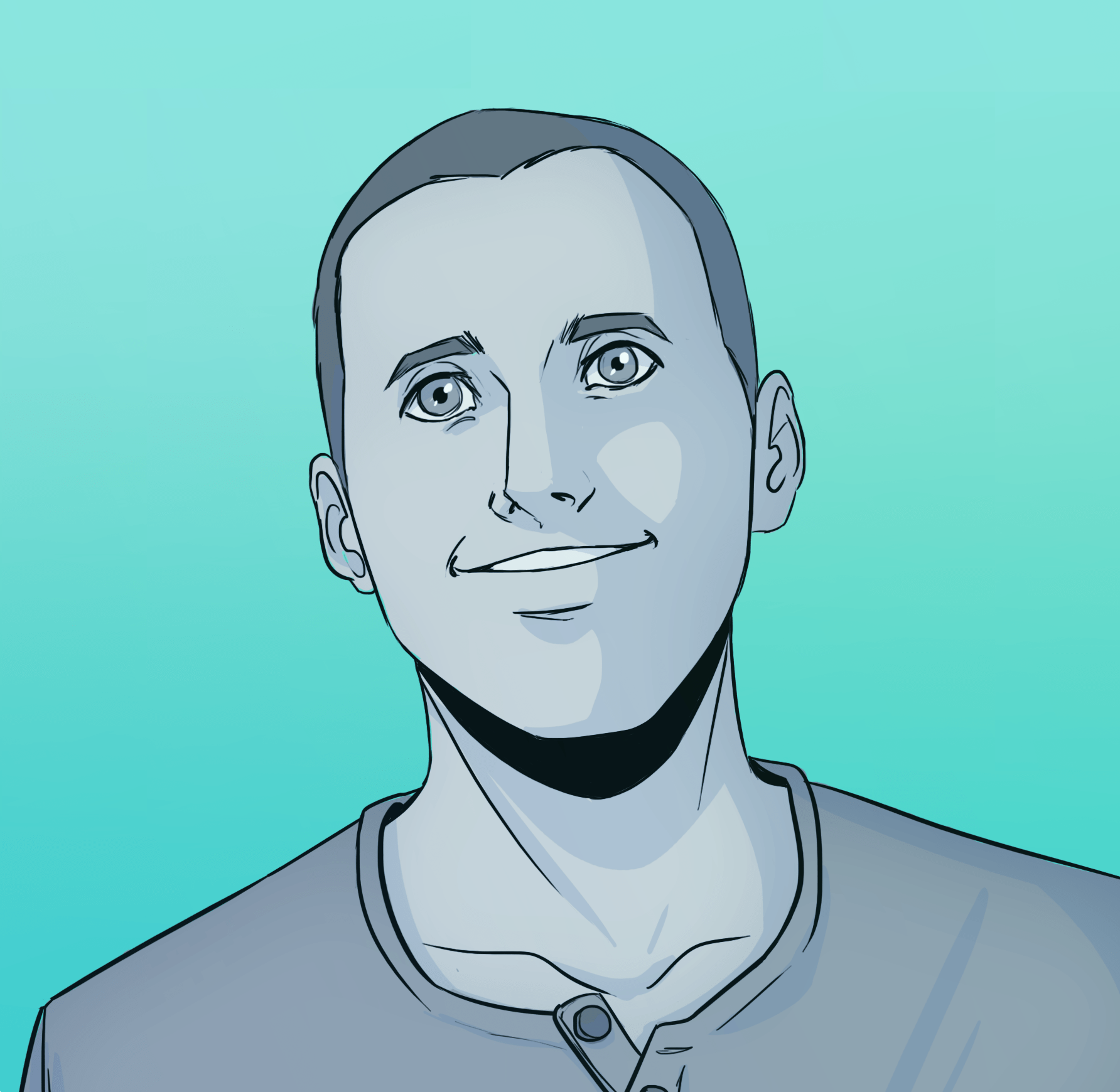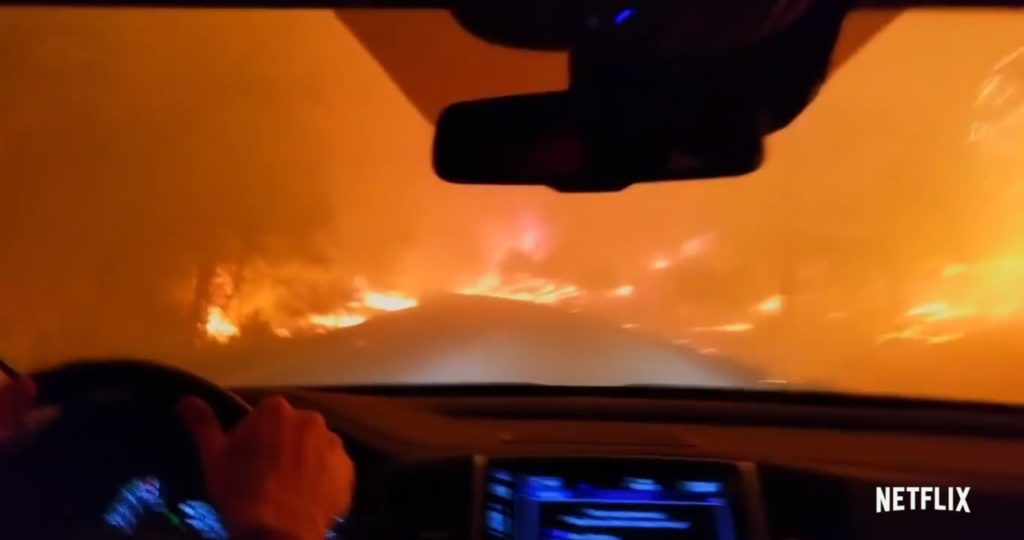Netflix’s new 40-minute documentary, Fire in Paradise, gives an inside look at the experiences of residents and first responders who lived through the notorious 2018 Camp Fire. Some of the documentary’s subjects bugged in, while others bugged out, but all of their stories provide valuable lessons for preparedness-minded people.
The Camp Fire was the deadliest US wildfire in the last century, killing 85 people, destroying almost 19,000 buildings, and burning 153,000 acres. (One guy’s even claiming the fire destroyed his 500-pound emerald!) The fire also directly lead to the recent PG&E and SoCal Edison “preventative” blackouts across California, since it was a neglected PG&E line that sparked the Camp Fire.
More: How to get ready for California blackouts for under $100.
In fact, just this week a local news station published photos of more of these failed electrical line hooks that lead to the spark:

Just a few inches of neglected steel resulted in the almost total destruction of Paradise, the largest nearby town and namesake of the film.

If you’re a Netflix subscriber and interested in preparedness, Fire in Paradise is worth a watch.
If you’re not on Netflix, there’s a free similar PBS documentary on YouTube. It actually shows more of the “academic” part of the story that I discuss about Fire in Paradise below.
I really enjoy seeing “behind the scenes” of a real-life emergency. The moment it starts, how things progress, how people’s understanding of and reaction to the event unfold, how the nuts and bolts of emergency response work, where the learnings are, and so on.
At The Prepared, we craft our advice directly from these kinds of real-world scenarios — not prepper fantasy. And the Camp Fire is a perfect (albeit heartbreaking) opportunity to see just how a normal morning can suddenly explode into a massive disaster.
What struck me as I watched the documentary was just how much better things would’ve gone for people if they had taken simple steps to prepare.
The main evacuation road became jammed. The longer it took someone to pack up and evacuate, the more likely they got stuck. This delay had real consequences: the fire eventually closed off the evac route, trapping families in a parking lot for hours while intense fire burned all around them.
So if someone had a go-bag packed and ready to go, they would’ve been able to leave before the chaos prevented escape.
Other than people directly touched by fire, the biggest problem was smoke and contaminated air. School buses of children were coughing and starting to pass out from air poisoning and lack of oxygen.
So if someone had a respirator (a core part of a go-bag), they would’ve been able to save their lungs, run further and faster (as people caught in the traffic jam had to do on foot), and maintain their energy levels and mental clarity.
The thick air blocked out all sunlight, causing people to be in the dark at 10-11 AM. A flashlight and headlamp would’ve worked wonders.
The blocked evacuation route was a paved highway. But if someone had an offroad capable vehicle, they would’ve been able to leave the pavement and work their way to safety. Similarly, maps, radios, and knowledge of the area may have lead someone to an alternative route.
The recovery process was also a mess. People lived for weeks and months in Walmart parking lots, makeshift shelters, and government tents in the mud. With a properly-packed bag and basic set of skills, you can directly see how people would’ve been able to recover better, more quickly, and with less disruption to their lives.
The documentary spends a lot of time on the human element, interviewing first responders and evacuees with harrowing tales. Again, all of these stories contain valuable lessons as you seek to become a better-prepared person.
As a reflection of the community and culture (a rural and presumably conservative area), many of these people touch on religion. But the producers don’t make it a part of their narrative.
I do wish the producers spent more of the 40 minutes on the details of the fire and response, which makes up less than half of the film. But it’s typical for these kinds of documentaries to focus more on the human stories.
What did you think of the Netflix (or PBS) documentary?


You are reporting the comment """ by on